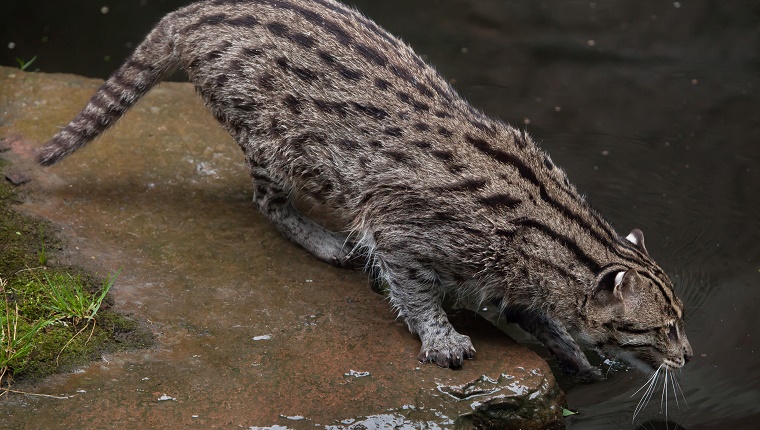FELIS-UK
The Small Wild Cat Organisation
The Cats Whiskers
A look at how cats use their whiskers in the wild:
Throughout these blog updates, we have focused on many attributes that make small wild cats special. Whether that be paws, tails or even ears, cats have evolved over time to have some unique morphology that makes them brilliant at what they do.
Today we focus on a feature that is little understood and something we are learning about more and more as science progresses. Whiskers!

A cat’s whiskers, or to give them their proper name, vibrissae, have some amazing functions. Many of these functions give us an insight into how cats do some of the incredible feats we often see. The word vibrissae comes from the Latin word “vibrio” meaning to vibrate. This gives us an idea of how they work.

Small wild cats have whiskers that can be found in four or more parallel rows above the upper lip, either side of the nose. Some above each eye on the forehead, some on their cheeks and then some smaller hairs on the back of their wrists and the backs of their legs. Unlike ordinary hairs, vibrissae are thicker and have their roots set far deeper into the dermis,
the thick layer of living tissue below the epidermis. Each vibrissa is contained in a follicle approximately five times larger than that associated with regular hairs and unlike human hair, they can be deliberately manipulated to serve a purpose.

To investigate what some of these purposes might be it’s worth looking at a few individual species and how these specific cats use their vibrissae to aid in hunting and in avoiding being prey. A good example of this would be nocturnal gymnast the margay. Jumping high in the treetops from branch to branch in near pitch black conditions takes more than just excellent night vision. Amazingly Margays use their vibrissae to navigate between branches by processing subtle vibrations, picking up air currents flowing around objects, therefore, allowing them to accurately judge distances. Often they will manipulate the vibrissae to face forward, taking in as much information as possible, especially when hunting in near total darkness.

A cat who uses his whiskers in a slightly different way to the others is the unique fishing cat. As you may imagine, fishing cats have lives that are quite different from many other cats in the feline family. Because of this, they have developed slightly different special abilities; a rudder-like tail to aid with direction when swimming, two layers of fur, one acting like a wetsuit to keep it warm, slightly webbed feet to aid in walking over wet and boggy terrain and specially adapted vibrissae. In fact, fishing cats vibrissae are so sensitive it uses them similarly to how you may find a seal would using theirs.

Fishing cats have a very unique way of hunting. Waiting patiently and very still they will sit by the waters edge dipping the tips of their whiskers onto the surface of the water. They have then been witnessed tapping the surface very gently with their claws mimicking insect movement in an attempt to attract a fish. Whilst it’s doing this its whiskers, slightly emerged are processing information allowing them to follow the hydrodynamic trails left by swimming fish, even in murky water!

When the fish comes close enough to attack the cat will dive into the water to grab the fish in its mouth and use its semi-retractable claws to stop the slippery fish getting away.

One final way we understand these cats use their whiskers is to determine what gaps they can fit through. When your head is often considerably smaller than the rest of your body this can be vital in helping the cat avoid getting stuck, something that could be life-threatening in the wild but also could cause embarrassment to your cat at home when navigating a cat flap for example. In fact, if you look at your cat at home, much like cats in the wild, you can note that the whiskers on its face will normally expand out to around the same width as their body; this enables them to judge when its safe to squeeze through and when its best to find an alternative route.

So that concludes our fascinating look at cat’s whiskers and why they are so important in enabling them to function in some of the incredible ways that they do. Next month we will be looking at the many different ways that cats use camouflage to help them hunt and stay so incredibly elusive.


Incredible and great images!
LikeLike